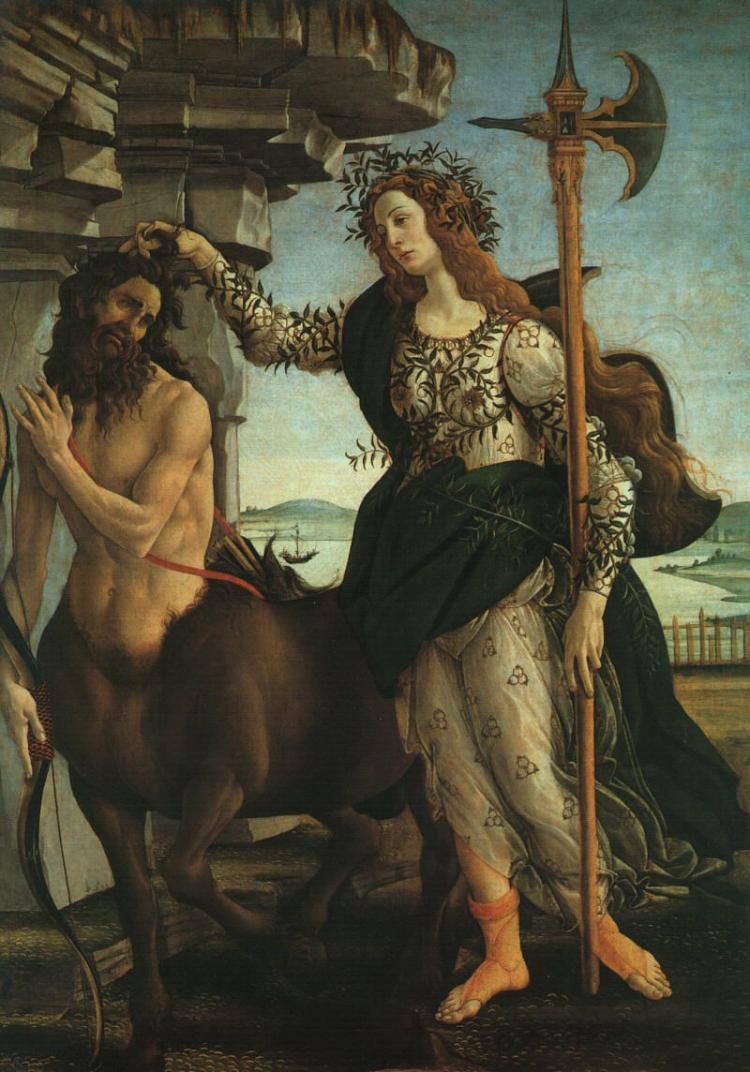
"Pallas and the Centaur" by Sandro Botticelli (1445-1510). Tempera on canvas, Galleria degli Uffizi (Florence, Italy). Public Domain
When it comes to the theme “soft triumphing over strong,” this is maybe one of the most remarkable examples.


When it comes to the theme “soft triumphing over strong,” this is maybe one of the most remarkable examples.